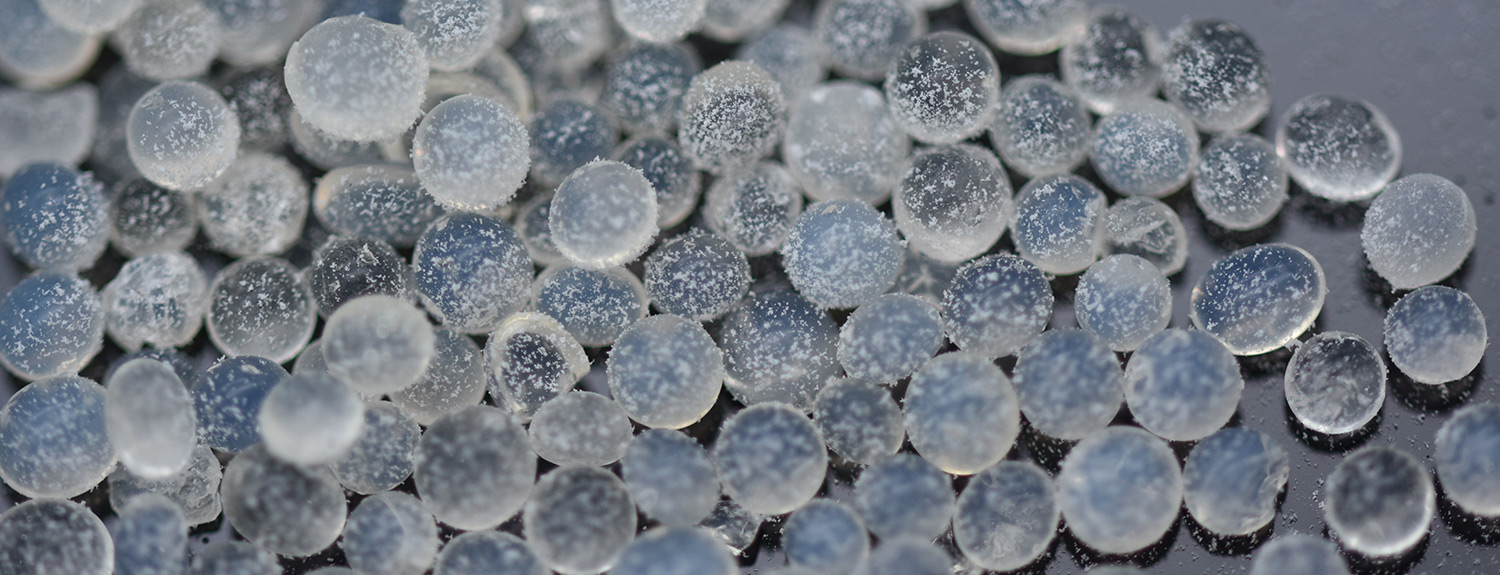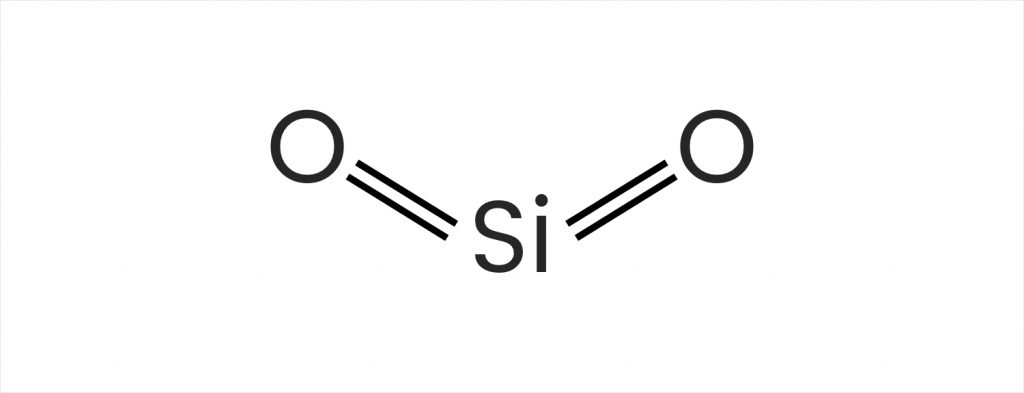
What Is Silica?
Silica is a mineral that occurs naturally in the body’s processes of producing collagen and reducing inflammation. Silica is widely used in a variety of cosmetics and skincare products due to its multi-functioning nature. In skincare and cosmetic formulations silica is used as an abrasive ingredient and to improve the texture and function of the product.

If you’re researching ilica, you might be looking for clean yet effective skincare. One brand we recommend is Carrot & Stick. You can read more about this brand at the bottom of the article.
Silica, also known as silicon dioxide, is an oxide of silicon, the 14th element on the periodic table of elements. After oxygen, silicon is the second most abundant element in the Earth’s crust, however, it very rarely occurs in nature as its pure form, rather, 90% of the Earth’s supply of silicon occurs as silica. You’re probably most familiar with silica in the form as quartz, which is the most common component of sand in many parts of the world. Additionally, silica can be found abundantly in sandstone, clay, and granite, as well as in parts of plants and animals. Silica is generally colorless to white and insoluble in water.
There are many forms of silica that exist in nature that are used for different functions.
Crystalline silica is the form used in grinding, sandblasting, masonry projects, etc, and is highly abrasive. Crystalline silica has also been linked to a variety of health hazards, which we will discuss below in the safety section. Thus, crystalline silica is not used in cosmetics or skincare products.
Hydrated silica is another version which is a derivative of silicon dioxide. The primary use for hydrated silica is in toothpastes since it is mildly abrasive, which helps to clean teeth. Additionally, hydrated silica easily forms gels, which is why this ingredient is sometimes used in liquid foundation products.
The most common form of silica used in cosmetics and skincare products is amorphous silica. For the following discussion on the functions of silica, we will be referring to amorphous silica.
What are the Best Skin Care Products of 2024?

Silica
the good:Helps to improve the texture and feel of a formulation. Silica also helps pigment to be distributed evenly, prevent shine and help your foundation adhere and stay on the skin.
the not so good:Silica has been linked with lung issues however this relates mostly to old manufacturing processes. This risk is relatively low nowadays as the safety protocols in place are far more stringent. The risk to cosmetic or skincare users is negligible.
Who is it for?All skin types except those that have an identified allergy to it.
Synergetic ingredients:Works well with most ingredients
Keep an eye on:Keep in mind that there are a number of forms of silica, this determines their use. There are also silica dietary supplements which is a whole other conversation.
What Is Silica Used For?
Silica has several different functions in cosmetic and skincare products, including as an abrasive in scrubs, an absorbent powder, anticaking agent, bulking agent, opacifying agent, and suspending agent. It is most commonly used as an absorbent because of its ability to absorb excess moisture and oil from the surface of skin. Of note, some people find that silica can absorb too much moisture and/or oil, leaving skin feeling dry.
Abrasive
Silica is a gentle abrasive that is often used in exfoliating skin care products, such as body and face scrubs. After President Obama signed a bill that banned the manufacture and distribution of products containing plastic microbeads, manufacturers turned to silica as an alternative. Some companies have even figured out a way to manufacture synthetic silica. Products that contain silica as an abrasive will help to exfoliate the top layers of skin, removing makeup, excess oil, dirt, and other impurities that may have accumulated during the day.
Texture and function
Silica is commonly used in cosmetic formulations because its spherical particles not only absorb sweat and oil, but prevent light reflection and improve spreadability. Silica is also used as an ingredient in powder perfume because the porous spheres enable this ingredient to deliver fragrance over a long period of time.
Silica vs Silicones
It’s important to recognize the difference between silica and silicones, both which are found in skin care products. In contrast to silica, silicones are a group of synthetically produced polymers made up of repeating units of siloxane, elemental silicon and oxygen, combined with other elements, most typically carbon and hydrogen. Silicones have very different functions than silica.
Is Silica Safe?
As mentioned above, the safety of silica depends on the form. Crystalline silica has been linked to a variety of health hazards, including cancer, allergies, and organ system toxicity. Crystalline silica is a known respiratory, musculoskeletal, and immune system toxicant, and there has been strong evidence of cancer caused by products that may be aerosolized. These potential health hazards have been mitigated by the introduction of stringent safety protocol to protect those involved in the manufacturing process. However, it is important to note that crystalline silica is not the same as the amorphous and hydrated silica that are used in skincare.
Amorphous silica and hydrated silica do not have these same health hazards. The FDA has recognized the distinction between the types of silica and finds both amorphous and hydrated silica safe for use in cosmetics and skincare products.
Other uses
Silica has widespread industrial applications including use as a food additive, as a means to clarify beverages, control viscosity, as an anti-foaming agent, and as a bulking agent in medications and vitamins.
Our favorite clean skincare
There’s no need to compromise when it comes to finding skincare that’s effective and safe. If you’re looking for effective skincare products that skip harmful toxins, one brand we recommend is Carrot & Stick.
Carrot & Stick is committed to creating plant-derived formulas that deliver extraordinary results without relying on toxic chemicals or standard preservatives. Carrot & Stick takes a tough love approach to skincare, perfectly balancing the gentle nurturing of plants with innovative science.
References:
Ryu, H, et al., 2014. ‘Evaluation of silica nanoparticle toxicity after topical exposure for 90 days’, International Journal of Nanomedicine, 9 Suppl 2, 127–136.
Nafisi, S, Schäfer-Korting, M & Maibach, H, 2017. ‘Measuring Silica Nanoparticles in the Skin’, Agache’s Measuring the Skin, pp. 1141-1164.







